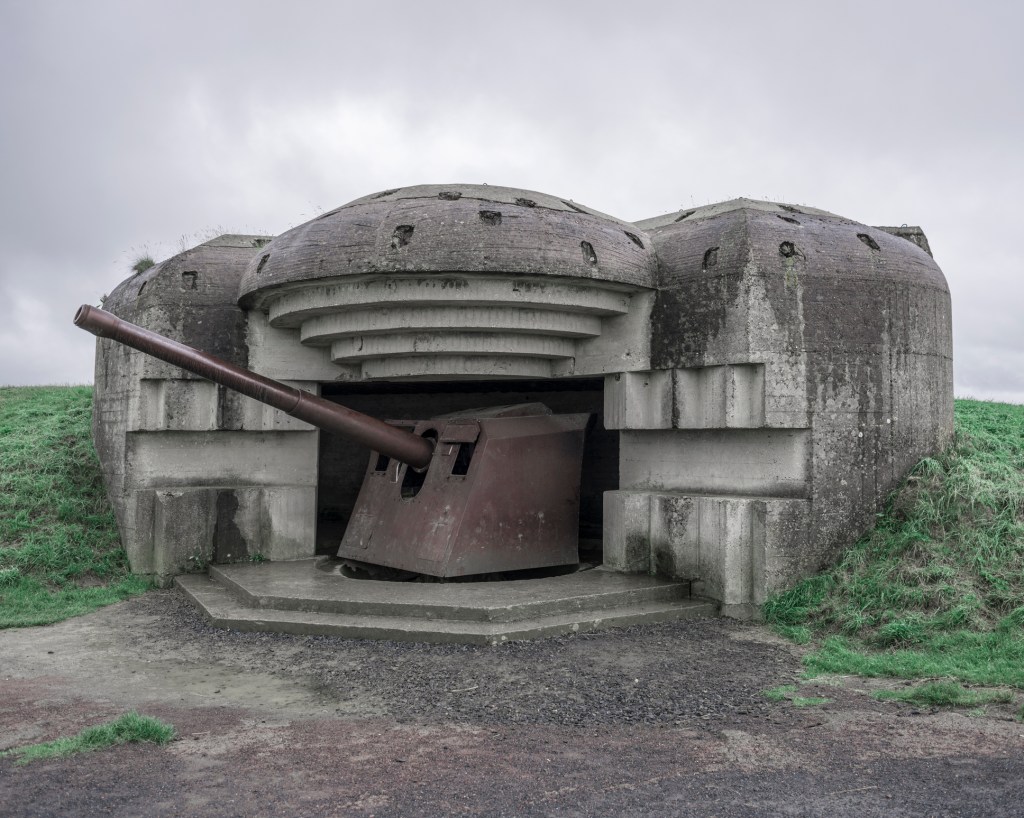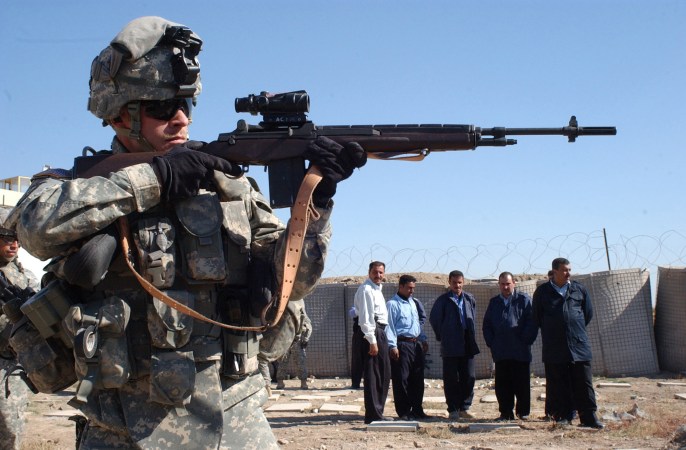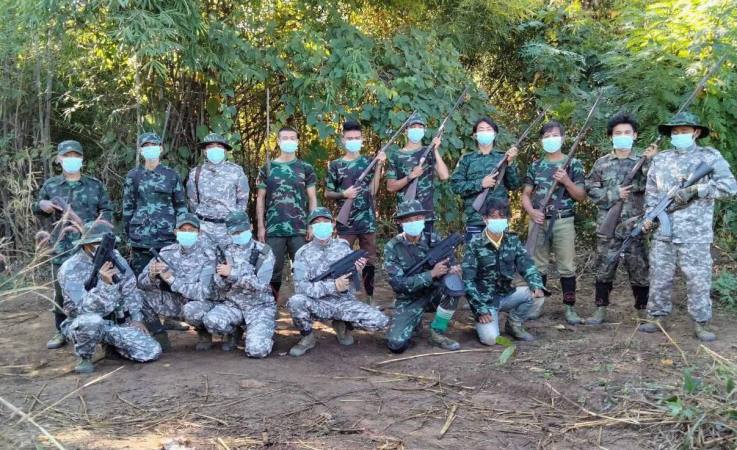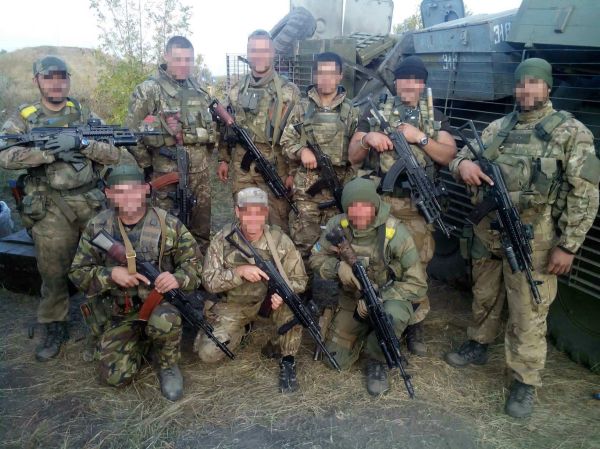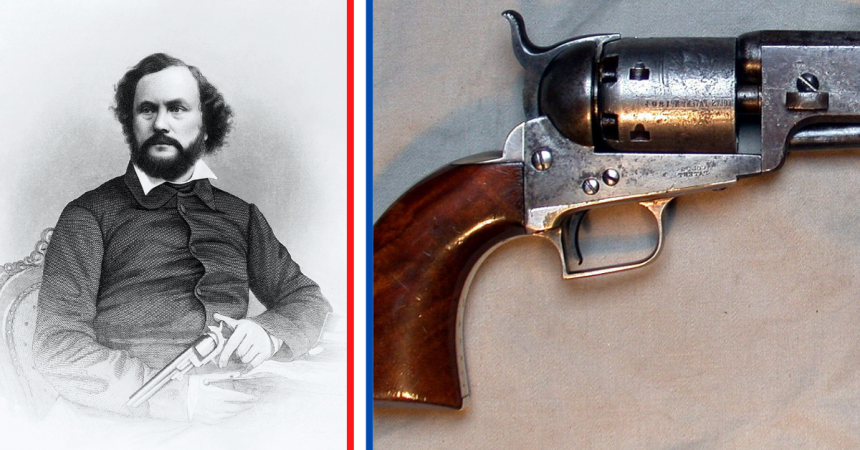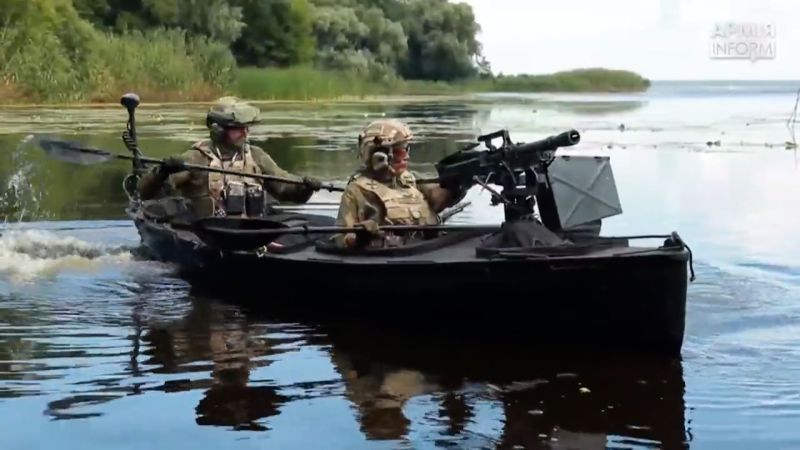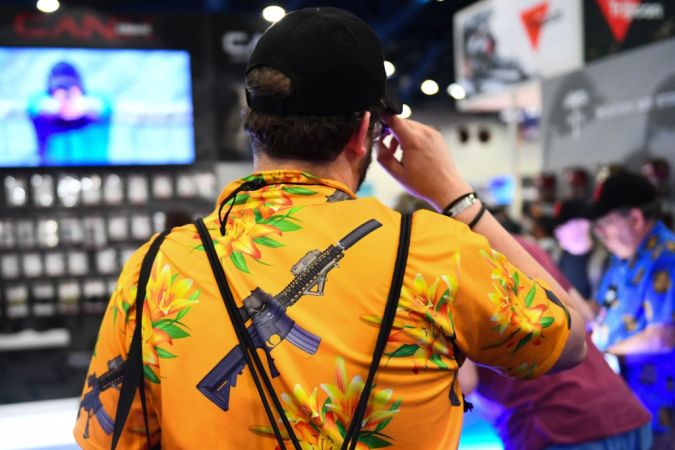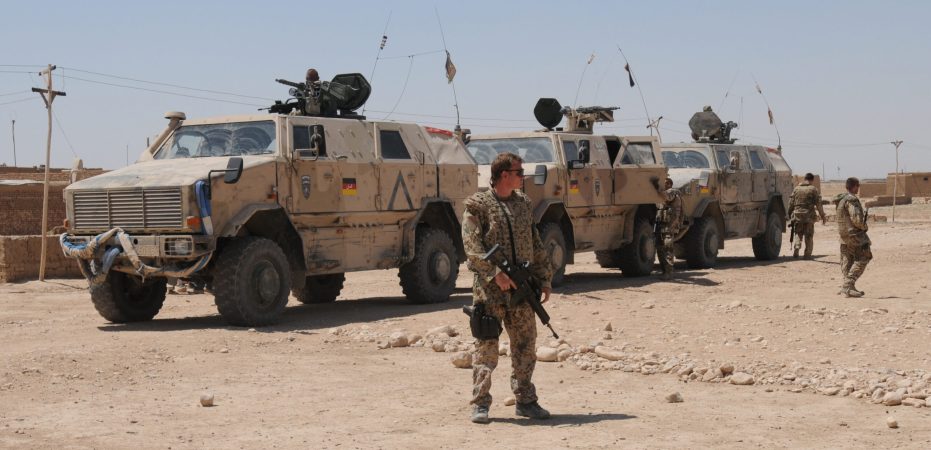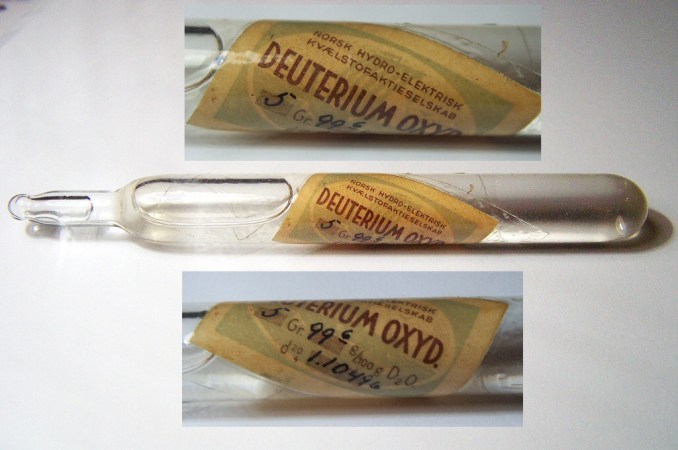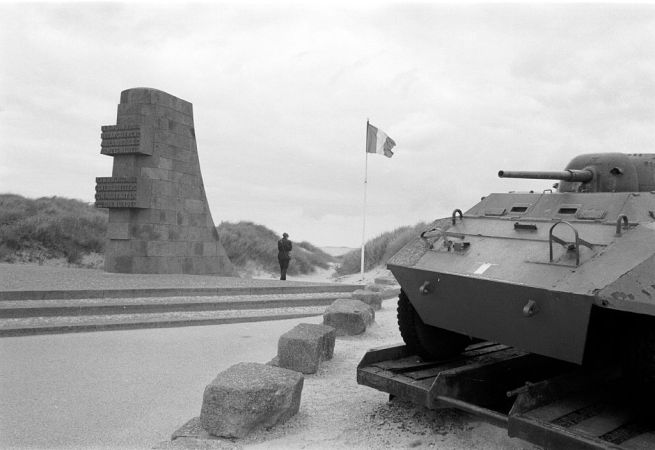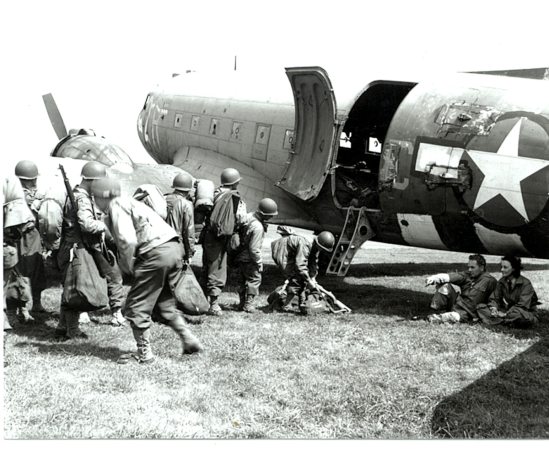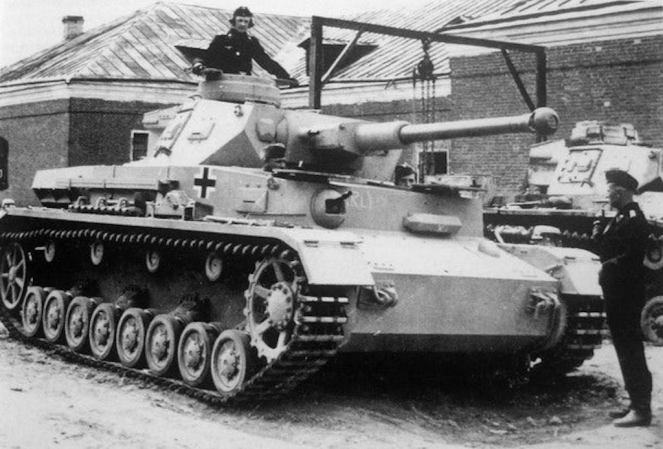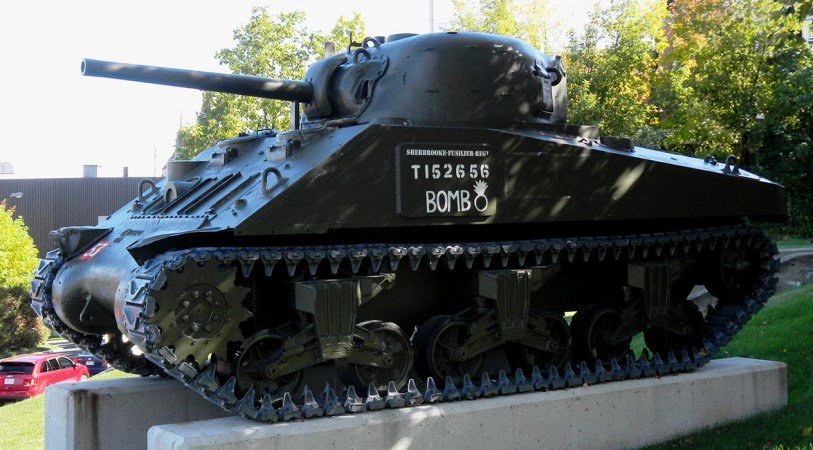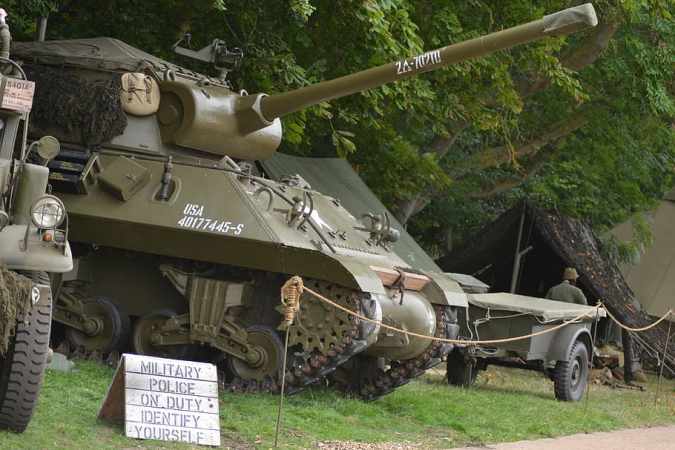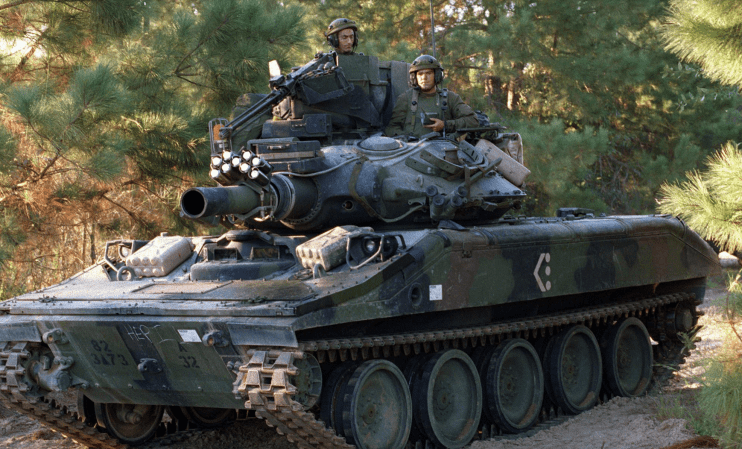The Allies hit the beaches of Normandy with everything they had at their disposal, including baseball stars in experimental rocket boats. On the German side, they had miles of concrete pillboxes, 5 million mines, landing craft obstructions, and more. Oh, and about 1 million men between the beaches and the army groups that reinforced the beaches.
Those 1 million men were equipped with weapons like these seven. (Though, to be fair, most of those 1 million men were strung along 2,000 miles of coastline. On D-Day, three divisions under the LXXXIV Army Corps actively resisted the Allied troops.)
Here are 7 weapons Germany defended D-Day beaches with:
1. Mauser Rifle
The Mauser Rifle has a long and storied history, serving Germany in both World Wars and in dozens of other countries and conflicts as well. One of the most common variants for the World War II Wehrmacht was the Kar 98k, a carbine version that traded away range to get a weight reduction and maneuverability. The weapon featured a variety of potential accessories, like rifle grenades, bayonets, and even a suppressor.

2. and 3. MG-34 and MG-42 machine guns
The MG-34 and MG-42 were, according to the Imperial War Museum, the best light machine guns of the war. And it’s easy to see why they thought so. The MG-42 could fire up to 1,500 rounds per minute, theoretically. (Actually holding down the trigger would cause the barrel to quickly melt.) The weapons were dependable, easy to deploy and move, and highly effective. Machine guns like these were the major threat at Omaha Beach where the Germans nearly defeated the landing.
4. 81 to 300mm Nebelwerfer mortars
These “Moaning Minnie” mortars were often terrifying for Allied attackers. The multi-barrelled mortars fired rocket-propelled shells that could feature a smoke, chemical, or high-explosive warhead. At D-Day, Germans deployed a lot of the mortars, nearly all with high-explosive warheads, to punish the attackers. The attacks spread terror and caused destruction, but luckily were not enough to stop the landings.
5. and 6. MP-40 submachine gun and Sturmgewehr 44
German troops carried these small arms at D-Day. The MP 40 Maschinenpistole bears most similarity to the American Thompson. The submachine gun fired 9mm Parabellum cartridges at a high rate and tore through American infantry at close range.
The Sturmgewehr 44 is often described as the first assault rifle. It bears a similarity to the modern M-16 or AK-47, but it was deployed in small numbers and not yet perfected. Few Germans carried the weapon at D-Day. It actually still bore the name MP-44 on D-Day, being renamed the StG 44 late in 1944.

7. Insane mix of coastal defense guns
Of course, when you look at photos of the D-Day fortifications, any of the positions with huge guns immediately pops out. But, um, little problem with those. The fact is, Germany spent a lot more time fighting and preparing its Eastern Front. So many of the Western defenses were cobbled together.
Nowhere was this more true or impactful than in the coastal guns at Normandy. Rather than dedicating new guns, fresh off the line, Germany threw whatever it could get its hands on into the works. This included guns raided from French ships, other captured artillery, and a mix of German guns from tanks, artillery units, and more. This allowed them to compile a lot of firepower for cheap, but it made supplying the guns a nightmare. And, in the heat of D-Day, it meant that many guns couldn’t get effective resupply at all.


